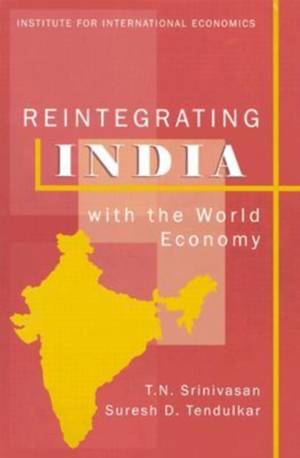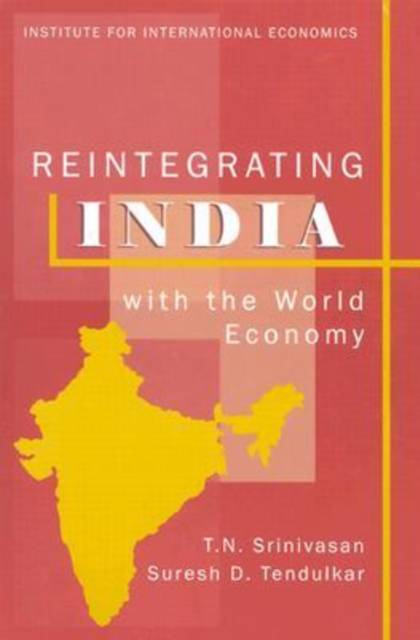
Door een staking bij bpost kan je online bestelling op dit moment iets langer onderweg zijn dan voorzien. Dringend iets nodig? Onze winkels ontvangen jou met open armen!
- Afhalen na 1 uur in een winkel met voorraad
- Gratis thuislevering in België vanaf € 30
- Ruim aanbod met 7 miljoen producten
Door een staking bij bpost kan je online bestelling op dit moment iets langer onderweg zijn dan voorzien. Dringend iets nodig? Onze winkels ontvangen jou met open armen!
- Afhalen na 1 uur in een winkel met voorraad
- Gratis thuislevering in België vanaf € 30
- Ruim aanbod met 7 miljoen producten
Zoeken
€ 32,45
+ 64 punten
Omschrijving
After nearly five decades of insulation from world markets, state controls, and slow growth, India embarked in 1991 on a process of liberalization of controls and progressive integration with the global economy in an effort to put its economy on a path of rapid and sustained growth. Despite major changes in the government since then, the thrust on reforms has been maintained. According to the World Bank, only 10 out of 145 countries had more rapid growth than India at over 6 percent per year in the 1990s and two had the same as India's.
In this study, T. N. Srinivasan and Suresh D. Tendulkar analyze the economics and politics of India's recent and growing integration with the world economy. They argue that this process has to be nurtured and accelerated if India is to eradicate its poverty and take its rightful place in the global economic system.The study covers the historical roots and the political economy of India's late integration; domestic and external constraints on integration; external capital inflows including foreign direct investment; and India's emerging comparative advantage in the information technology industry and services, particularly computer software. The final chapter offers policy recommendations including proposals that India could make at the ongoing Doha Round of multilateral trade negotiations.Specificaties
Betrokkenen
- Auteur(s):
- Uitgeverij:
Inhoud
- Aantal bladzijden:
- 192
- Taal:
- Engels
Eigenschappen
- Productcode (EAN):
- 9780881322804
- Verschijningsdatum:
- 1/05/2003
- Uitvoering:
- Paperback
- Formaat:
- Trade paperback (VS)
- Afmetingen:
- 154 mm x 232 mm
- Gewicht:
- 272 g

Alleen bij Standaard Boekhandel
+ 64 punten op je klantenkaart van Standaard Boekhandel
Beoordelingen
We publiceren alleen reviews die voldoen aan de voorwaarden voor reviews. Bekijk onze voorwaarden voor reviews.











